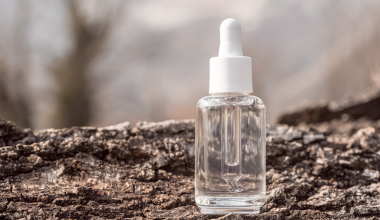All goldfish are rather clumsy yet gentle toward anything they can’t put in their jaws.
Although it can irritate bottom dwellers who don’t get out of the way (and damage your neatly placed plants), their inclination to continually root for buried food in gravel or sand is safe.
Length: Pay attention to how big your goldfish are. Being opportunistic, goldfish will consume tank mates that are small enough to fit in their jaws. Guppies, neon tetras, and other small, thin fish are all edible.
Goldfish have a very calm, sometimes subdued temperament. Because goldfish have no idea of territory and continually go where they shouldn’t, aggressive social fish like cichlids will tear them apart. Give residents who require a Goldfish territory a roomy tank, or select a different fish.
Rosy Barb
One of the most well-liked Barbs in the family is the Rosy Barb, which is more laid-back than the occasionally snappy Tiger Barb. Males have dazzling crimson flanks that change to a deep ruby red while courting females. They are bicolored green.
Although they can grow to a maximum of 6 inches in the wild, 4 inches is more typical in commerce. Although they may thrive in various water conditions, rosy barbs prefer subtropical to moderate temperatures and a pH range of 6.0 to 8.0. (67-74 F).
Because they are Cyprinids, Rosy Barbs are omnivorous and happily consume plant and animal stuff. They won’t bother more vigorous plants, but they will munch on soft-leaved plants like elodea; vegetarian options like spirulina flakes or blanched veggies bring vital diversity.
Paradise Fish
One of the very first tropical fish introduced to the hobby was the paradise fish. Although they are less common nowadays, they are still reliable, affordable options for low and cold water settings. Due to their tendency to be hostile and possessive, paradise fish require careful consideration. They should never be housed in an aquarium with Goldfish less than 30 gallons since Goldfish are sluggish swimmers and will be brutally tormented.
Paradise Fish are a lovely complement to thick-bodied goldfish in more enormous aquariums because their blue and red tones attractively contrast with the yellows and golds. Visit Pets Beast for more information about different fishes.
Paradise Fish are carnivorous, like most gouramis, and like eating tiny invertebrates like daphnia, bloodworms, and tubifex. Nevertheless, they have been tank-bred for years and oblige consumers of prepared flakes and small pellets.
Dojo Loaches
Dojo Loaches can survive at temperatures as low as 50F and prefer moderate to lower temps, like goldfish. They are scale-less fish susceptible to skin diseases when housed in filthy settings while highly robust and low maintenance in water chemistry.
They are also known as weather loaches because of their frantic activity when the air pressure drops, frequently heralding a storm’s arrival. Although they are occasionally introduced into the pet trade in the West, they are mainly kept for food in outdoor ponds in Asia.
The smaller, more well-known Kuhli Loach and Dojo Loaches are identical in size, temperament, and care. They love to dig and search for worms and leftover food, so a fine sand substrate should be offered to them. They will happily consume flakes from the surface, tubifex, brine shrimp, and other live or frozen items.






